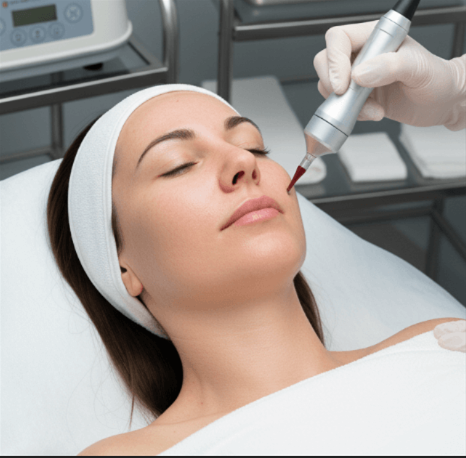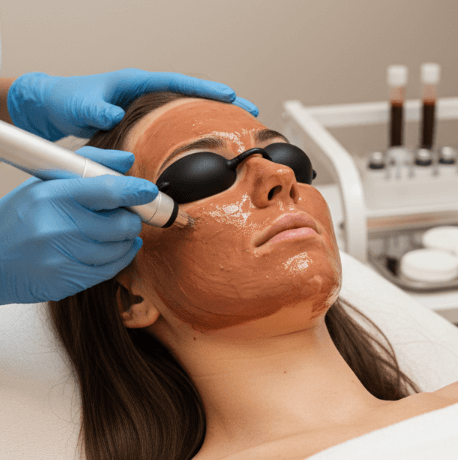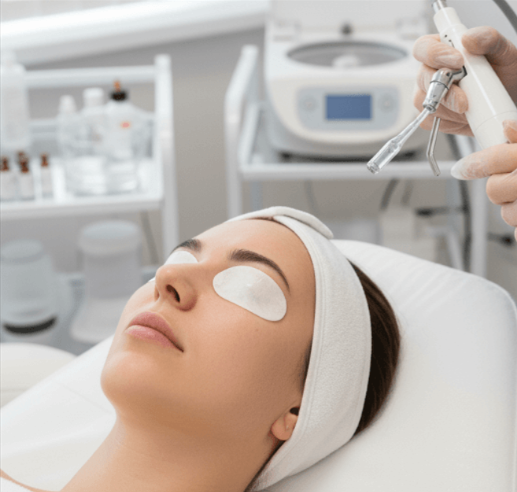South Korea is globally renowned not only for its cutting-edge cosmetic surgery techniques but also for its advanced post-operative recovery programs that significantly speed up healing. For international patients seeking aesthetic enhancements, Korea’s comprehensive recovery approach offers a seamless blend of medical innovation, personalized care, and holistic therapies designed to promote faster, safer healing and better final results.
Here’s an in-depth look at how Korea’s advanced recovery programs accelerate healing after cosmetic surgery and why they stand out worldwide.
1. Integration of State-of-the-Art Medical Technologies
Korean hospitals and clinics incorporate the latest medical technologies into their recovery protocols, including:
- LED Light Therapy: Utilizes specific wavelengths of red, blue, or near-infrared light to stimulate cellular repair, reduce inflammation, and promote collagen production. This therapy accelerates tissue regeneration and minimizes bruising and swelling post-surgery.
- Hyperbaric Oxygen Therapy (HBOT): Patients breathe pure oxygen in a pressurized chamber, which enhances oxygen delivery to damaged tissues, speeding up wound healing and reducing infection risks.
- Advanced Wound Care Products: Use of innovative dressings infused with antimicrobial agents or growth factors to create optimal healing environments.
These cutting-edge tools help patients recover faster with less discomfort.
2. Personalized, Multidisciplinary Recovery Plans
Korean surgeons collaborate with a dedicated team of specialists—including anesthesiologists, nurses, physical therapists, and nutritionists—to create tailored recovery plans. These plans are customized based on:
- Type and extent of surgery performed
- Patient’s age, skin type, and overall health
- Specific healing needs such as swelling control or scar minimization
- Travel schedules for international patients
This personalized approach maximizes healing efficiency and minimizes complications.
3. Holistic Post-Surgery Therapies
Korean recovery programs emphasize holistic care to support the body’s natural healing processes, such as:
- Lymphatic Drainage Massage: Facilitates removal of excess fluids and toxins, reducing swelling and speeding up recovery.
- Nutritional IV Infusions: Provide essential vitamins, antioxidants, and hydration to boost immune function and repair tissues.
- Acupuncture and Traditional Korean Medicine: Enhance circulation, relieve pain, and balance the body’s energy, contributing to faster recovery.
Combining modern medicine with traditional therapies creates a well-rounded healing experience.
4. Specialized Recovery Facilities and Comfort
Many Korean clinics offer dedicated recovery suites designed for rest and healing, equipped with:
- Comfortable, private rooms with advanced monitoring systems
- Hygienic and serene environments to reduce stress and promote rest
- Professional nursing care around the clock
- Nutrient-rich meals crafted to support tissue regeneration
This focus on patient comfort helps reduce recovery time by minimizing stress and promoting restorative rest.
5. Close Medical Monitoring and Early Intervention
Continuous monitoring of vital signs and wound conditions enables early detection of potential complications such as infections or blood clots. Prompt medical intervention, guided by experienced Korean healthcare teams, ensures that healing proceeds smoothly and reduces overall downtime.
6. Education and Empowerment of Patients
Korean recovery programs prioritize educating patients on self-care techniques post-surgery, including:
- Proper wound care and hygiene
- Safe mobility exercises to prevent stiffness and thrombosis
- Skincare routines to optimize healing and minimize scarring
- Diet and lifestyle modifications to enhance recovery
Empowering patients with knowledge helps them actively participate in their healing, further accelerating recovery.
7. Seamless Telemedicine Follow-Up Care for International Patients
Recognizing that many patients return home soon after surgery, Korean clinics offer telemedicine consultations to:
- Monitor healing progress remotely
- Adjust medications or treatment plans as needed
- Provide guidance on managing side effects and maintaining results
This continuous care model minimizes risks and maintains healing momentum even after leaving Korea.
Conclusion
Korea’s advanced recovery programs are a cornerstone of its success in cosmetic surgery medical tourism. By combining innovative technologies, personalized multidisciplinary care, holistic therapies, and patient education, these programs significantly speed up healing, enhance safety, and improve patient satisfaction.
If you’re considering cosmetic surgery in Korea, choosing a clinic with a comprehensive, state-of-the-art recovery program can make all the difference in achieving your desired results quickly and confidently.




